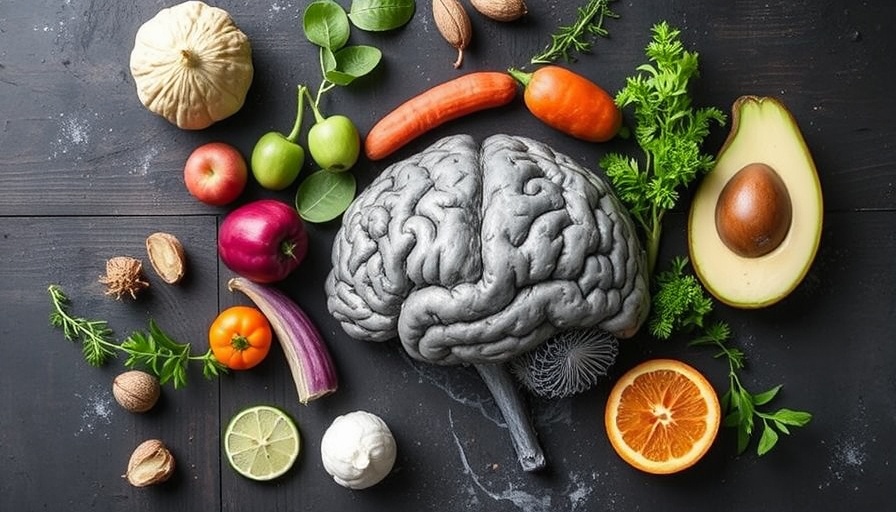
Unlocking the Secrets of Weight Loss After 40
If you’re over 40 and struggling with weight loss, you’re certainly not alone. According to Dr. Jason Fung, a leading expert in weight management, finding the easiest way to burn fat after 40 often involves rethinking our approach to eating, particularly with fasting. However, Dr. Fung presents striking insights: while fasting is an effective method to lose weight, many individuals find it tough to adapt to this practice, especially if they are accustomed to frequent carbohydrate-rich meals.
In 'No.1 Weight Loss Expert Reveals EASIEST Way To BURN FAT After 40,' the discussion dives into effective fasting strategies for weight loss, prompting us to explore deeper insights on adapting these methods.
Why Fasting Can Be Challenging
Dr. Fung emphasizes a harsh reality: about 90% of those over 40 face difficulties fasting for extended periods. This is primarily because our bodies habitually rely on glucose for energy, especially if we consume a high-carb diet. When faced with fasting, the sudden lack of food can make individuals feel tired and irritable. Much like attempting to run a marathon without proper training, the surprise of fasting can lead to disappointment and frustration, driving many to abandon their weight loss efforts altogether.
Preparing Your Body for Fasting
An essential step recommended by Dr. Fung is preparing the body for fasting by enabling it to burn fat as fuel. This can be achieved by integrating healthy fats into one’s diet, such as avocados, olive oil, and fatty fish. Transitioning to a low-carb or ketogenic diet before diving into fasting allows the body to gradually adjust its energy sources, thus reducing the shock of no food.
The Mind Over Matter Factor
Once your body starts using fat for energy, the biggest hurdle isn't hunger—it's psychological. Our brains are wired to expect food at certain times, creating a false sense of hunger even when our bodies are adequately fueled. Dr. Fung recommends utilizing certain drinks like green tea or chicken broth during fasts. These can help trick the mind into feeling fuller while keeping calorie counts low.
Gradual Extremes: Start Slow
Dr. Fung also discusses the importance of pacing oneself when beginning fasting. Jumping straight into longer fasts can backfire. Instead, extending your existing overnight fast—simply by skipping breakfast or eating dinner earlier—can create a smoother transition into longer fasting periods. This gentle approach allows for psychological adjustment, making fasting become part of a healthy routine rather than a daunting task.
Stay Busy: The Perfect Distraction
Another piece of invaluable advice is to keep busy. Engaging in hobbies, exercising, or even spring cleaning can divert attention from thoughts of food. Activities that engross your mind require energy, keeping you distracted from feelings of hunger. For instance, getting lost in a game of tennis or taking a long walk can maintain the focus on physical health rather than the absence of meals.
Fasting: Affordable and Effective
Ultimately, fasting may prove to be more effective and definitely more cost-efficient than rigorous workouts or trendy diets filled with expensive weight loss drugs. Embracing fasting as part of your lifestyle can lead to sustainable weight loss and improved overall health after 40. The key lies in starting gradually, being mindful of nutritional adaptations, and keeping your mind occupied.
For those in Pearl City eager to take tangible steps toward a healthier lifestyle, Dr. Fung's methods may provide a pathway to effective weight management. Consider dipping your toes into fasting while ensuring to adapt your eating habits accordingly to facilitate this shift.
 Add Row
Add Row  Add
Add 




Write A Comment